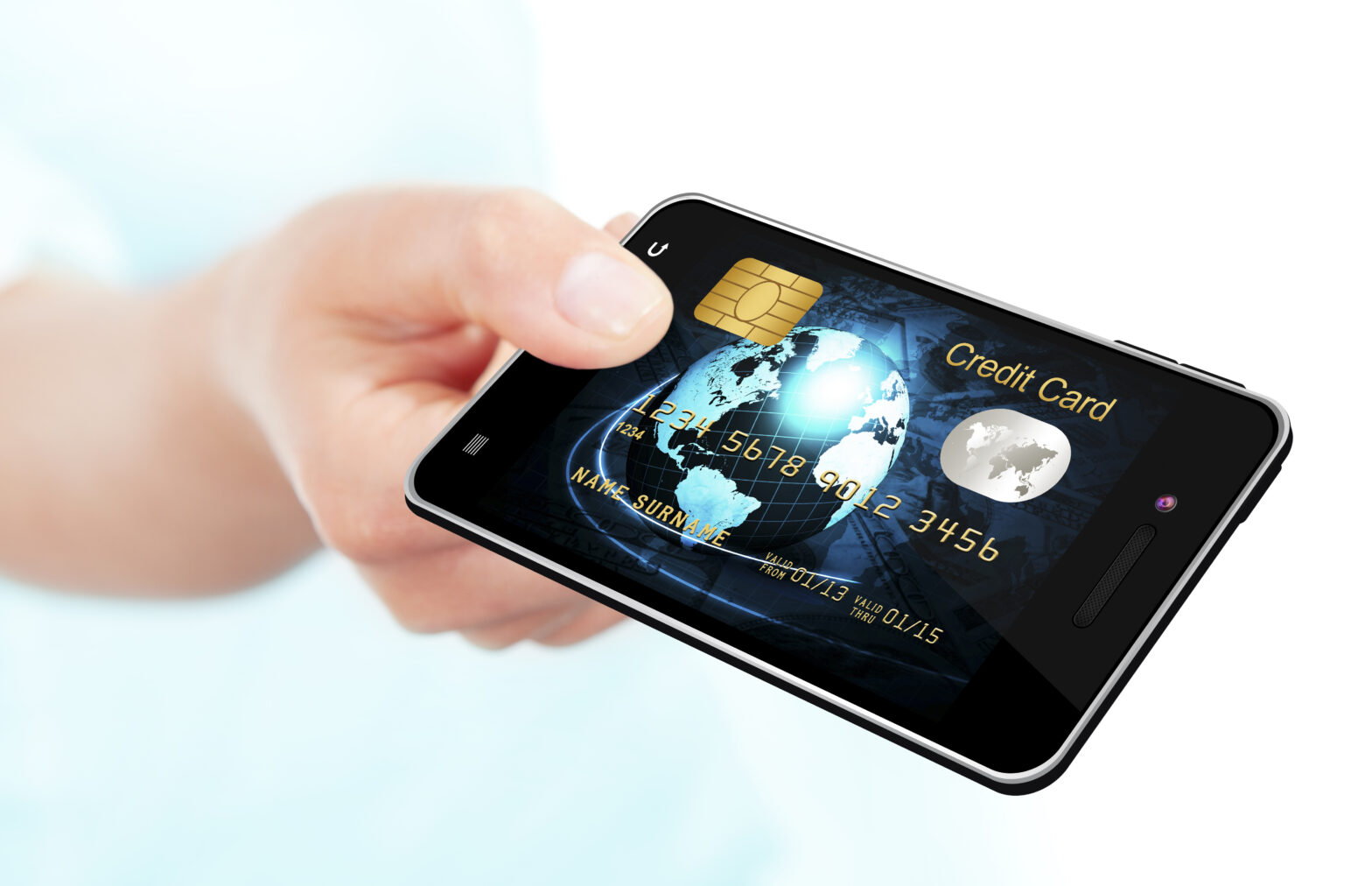From the moment their phone alarms go off in the morning, the millennial generation is addicted. Before they even get out of bed, they’re scrolling social media platforms and checking e-mail. They get ready for the day, and ahead of stepping one foot out the door, they’re back on their phones to order an Uber and their morning coffee from Starbucks.
For millennials, digital payments have become commonplace. The question now, is how much bigger of a role will mobile payments play as millennials’ prominence increases in the marketplace.
Unlike generations past, millennials have no issue spending money on shopping and eating out. Just last week, an Australian columnist made international headlines, saying youth today won’t be able to afford a down payment on a home because their spending habits allow them to purchase luxury items like avocado toast.
According to a recent study, there are 80 million millennials in America alone and they represent about 25% of the entire population, with $200 billion in annual buying power. A recent study from the Food Institute’s analysis of the United States Department of Agriculture showed that 44% of those dollars are spent eating out. This translates to opportunity for those working in the QSR (quick service restaurant) industry.
>See also: Mobile payments and loyalty programs will lead to a cashless economy
The QSR industry is slow in catching on to the opportunities presented by the millennial generation. Restaurants like Starbucks, Subway, Panera Breads, and Chipotle have been offering mobile ordering for several years. Other QSRs are slowing starting to introduce it, but they’re behind the curve and playing catch-up. The increase in demand for mobile ordering is not without hiccups.
Recent news around Starbucks shows that staff are struggling to keep up with the demand for mobile orders, and as a result in-store customers are irritated. Conversely, Starbucks has opened a mobile-order-only location to test the concept of servicing customers who are entirely e-commerce based. The concept some still can’t wrap their head around? Not being able to walk into any Starbucks location they like to order a cup of coffee.
After years of evolving Avanti Commerce’s platform for several mobile applications, it has seen firsthand the increase in demand. What it is seeing now is that millennials are on board with mobile ordering, and they will choose ease and convenience over brand loyalty. This means that if companies want to stay competitive with the millennial generation, they must be prepared to offer their customers mobile ordering.
It’s now on industry leaders to create action plans that keep up with the demands of the millennial purchaser. This doesn’t mean thinking a couple of years out, but rather decades. Immediacy is the name of the game and millennials’ attention spans are growing shorter by the day.
If e-mail, social media, and communication can happen in real time, mobile ordering should be no different. In the time it takes to post on Instagram, a purchaser should be able to order pizza. Furthering that point, brands must make a commitment to creating incentives and building loyalty with their customers. The millennial purchaser should be so incentivised to stick with one pizza brand (for example) because the rewards are too good to go elsewhere.
>See also: Remittance and mobile payment services provide financial identity
Another part of the equation is the mobile wallet. While the mobile wallet gained traction a few years ago, it didn’t catch on with the millennial generation (nor any other generation for that matter). The question that must be asked is: What did the mobile wallet do for the customer?
If a customer still needed to carry around a physical wallet, in addition to the one stored on their phone, there needed to be an incentive for using the mobile version. It’s as easy for a customer to tap their credit card as it is to pull out a smartphone and pay through a mobile wallet.
The digital wallet will only take off once the physical wallet becomes obsolete. The challenge now for the service provider is to find a way to incentivise the customer into using the mobile wallet over the physical version. Only after that takes place, will the digital credit card trump the plastic version. Applying this notion to QSRs, they must find a way to put control into the palm of the customer’s hand.
Looking to the next ten years, QSRs must find a way to make mobile ordering and digital payments as seamless as possible. Ease and convenience is more important than any other aspect of the equation.
>See also: Mobile payments to digitise India’s economy
The challenge is to not only create a great customer experience, but to start a digital dialogue with the millennial audience – wherever they may be. With speed and immediacy being the most in-demand features, QSRs must be extremely prompt when confirming or setting expectations with a customer who just confirmed an order and is en route to collect it.
If digital isn’t a top priority at the executive level of a QSR brand, the gap between the leaders and the followers will widen. Many QSR brands are led by executives who did a fantastic job in the eighties and nineties… a huge focus on taking their restaurant formula and deploying as many restaurants as possible. That simply isn’t good enough anymore.
As the customer relationship shifts from that with an individual restaurant to that with the brand, QSRs need to build their digital value in the mind of their customers, and make it easy for the millennial customer to order anywhere, at any time.
Sourced from Jason Strashek, founder and CEO of Avanti Commerce










